In networked production, IT and OT are growing closer and closer together. Where once a security gap “only” caused a data leak, today the entire production can collapse. Those who carry out regular active and passive vulnerability scans can protect themselves.
What seems somewhat strange in the case of physical infrastructure – who would recreate a break-in to test their alarm system – is a tried and tested method in IT for identifying vulnerabilities. This so-called active scanning can be performed daily and automatically. Passive scanning, on the other hand, detects an intrusion in progress, because every cyber intrusion also leaves traces, albeit often hidden.
Controlling the Traffic
Firewalls and antivirus programs, for example, use passive scanning to check traffic reaching a system. This data is then checked against a database. Information about malware, unsafe requests and other anomalies is stored there. For example, if the firewall receives a request from an insecure sender that wants to read out users’ profile data, it rejects the request. The system itself is unaware of this because the passive scan does not access the system but only the data traffic.
The advantage of this is the fact that the system does not have to use any additional computing power. Despite the scan, the full bandwidth can be used. This is particularly useful for critical components. They should have the highest possible availability. The fewer additional activities they perform, the better.
The disadvantage of passive scanning is that only systems that are actively communicating by themselves can be seen. This does not include office software or PDF readers, for example. But even services that do communicate do so primarily with their main functions. Functions with vulnerabilities that are rarely or not at all used in direct operation are not visible, or are only visible when the attack is already in progress.
Checking the Infrastructure
Active scans work differently and simulate attacks. They make requests to the system and thereby try to trigger different reactions. For example, the active scanner sends a request for data transfer to various programs in the system. If one of the programs responds and forwards the data to the simulated unauthorized location, the scanner has found a security hole.
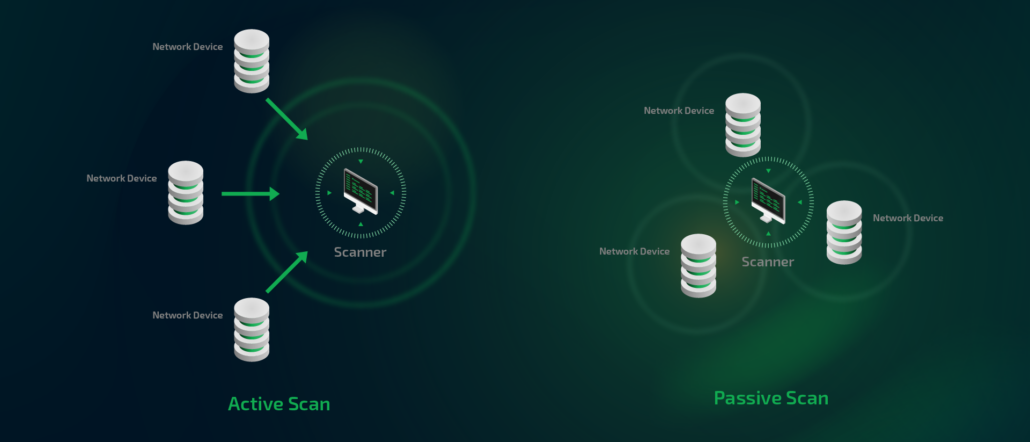
The advantage: the data quality that can be achieved with active scanning is higher than with passive scanning. Since interaction takes place directly with software and interfaces, problems can be identified in programs that do not normally communicate directly with the network. This is also how vulnerabilities are discovered in programs such as Office applications.
However, when interacting directly, systems have to handle extra requests which may then affect the basic functions of a program. Operating technology such as machine control systems, for example, are not necessarily designed to perform secondary tasks. Here, scanning under supervision and, as a supplement, continuous passive scanning are recommended.
Scanning Actively, but Minimally Invasive
Nevertheless, active scanning is essential for operational cyber security. This is because the risk posed by the short-term overuse of a system component is small compared to a production outage or data leak. Moreover, active scans not only uncover vulnerabilities, they can also enhance passive scans. For example, the vulnerabilities that are detected can be added to firewall databases. This also helps other companies that use similar systems.
Active and Passive Scanning Work Hand in Hand
Since the passive scanner can also provide the active scanner with helpful information, such as information about cell phones or properties about network services, these two security tools can be considered as complementary. What they both have in common is that they always automatically get the best out of the given situation in the network. For the passive and active scanning techniques, it does not matter which or how many components and programs the network consists of. Both security technologies recognize this by themselves and adjust to it. Only with a higher level of security does the optimized tuning of network and scanners begin.
So it is not a question of whether to use one or the other. Both methods are necessary to ensure a secure network environment. A purely passive approach will not help in many cases. Proactive vulnerability management requires active scans and tools to manage them. This is what Greenbone’s vulnerability management products provide.

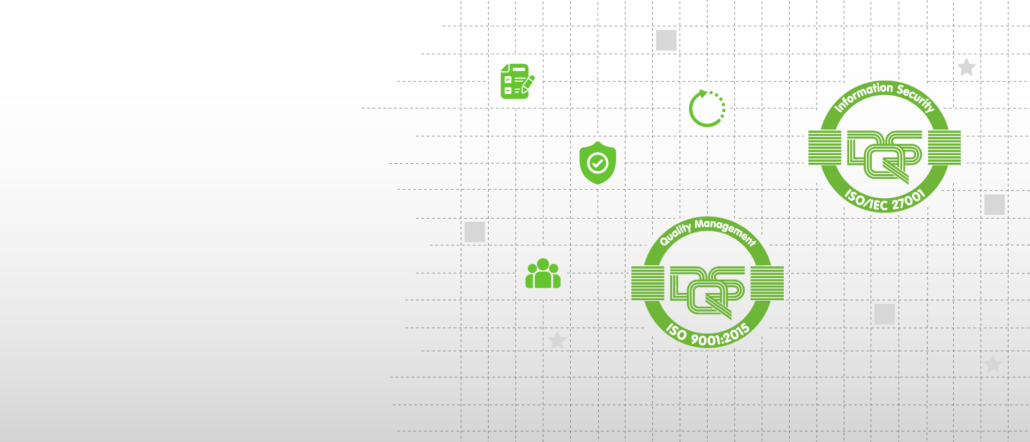
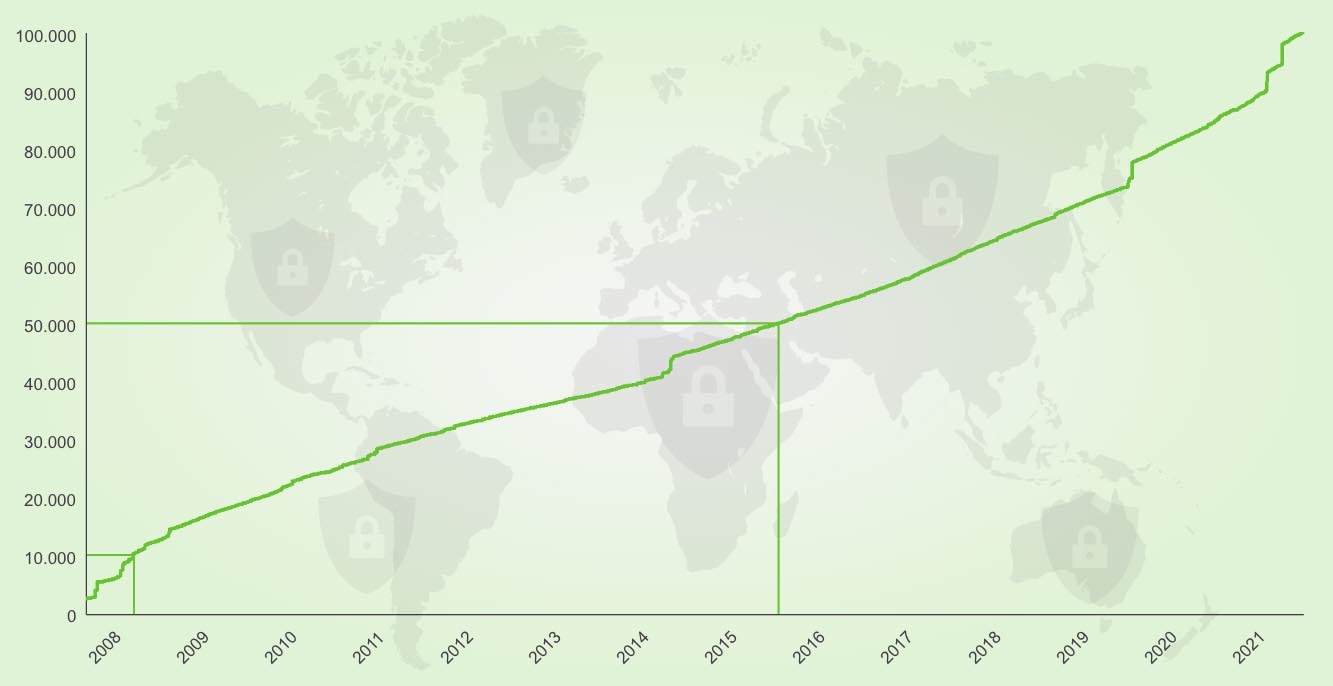
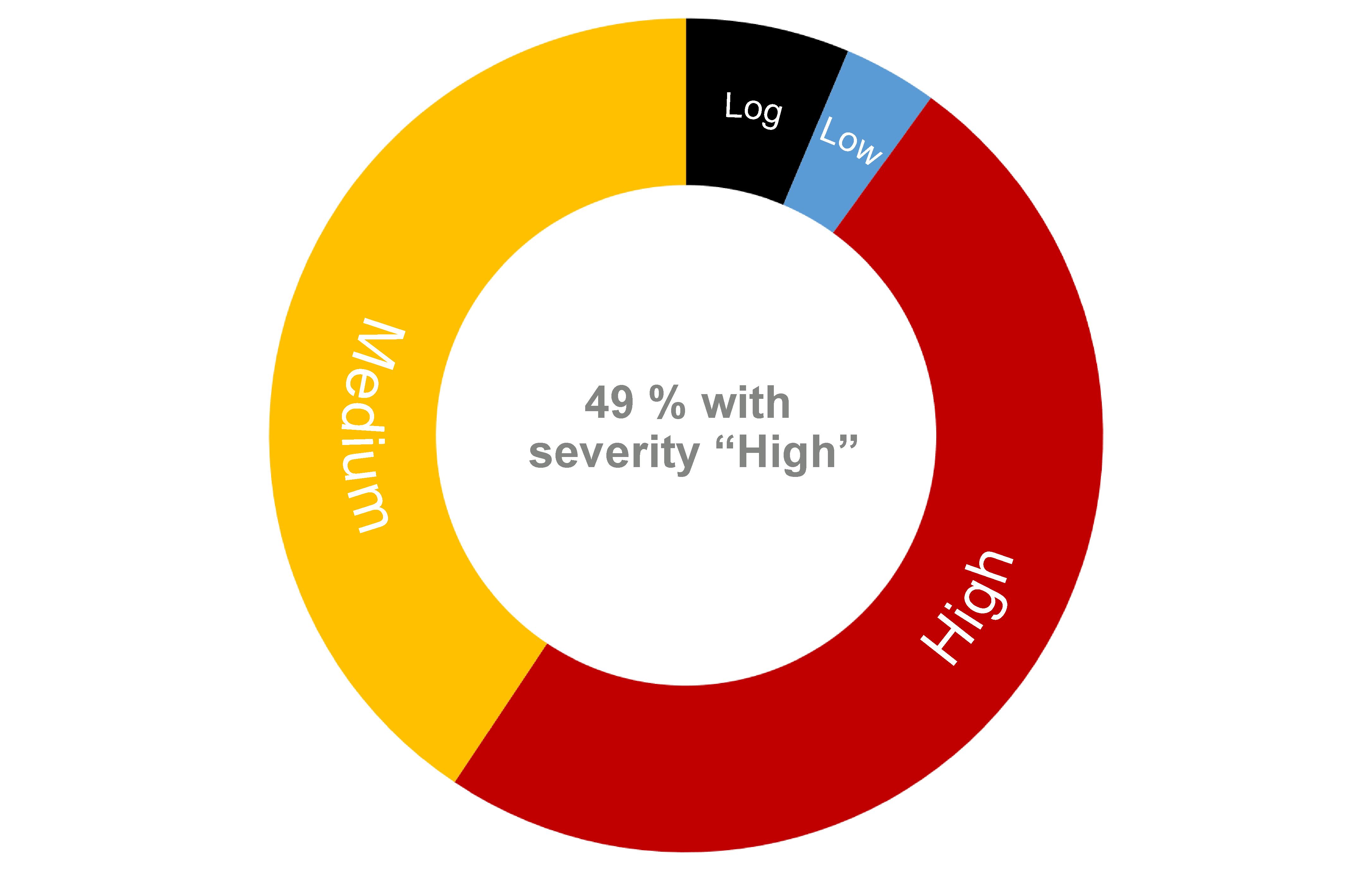
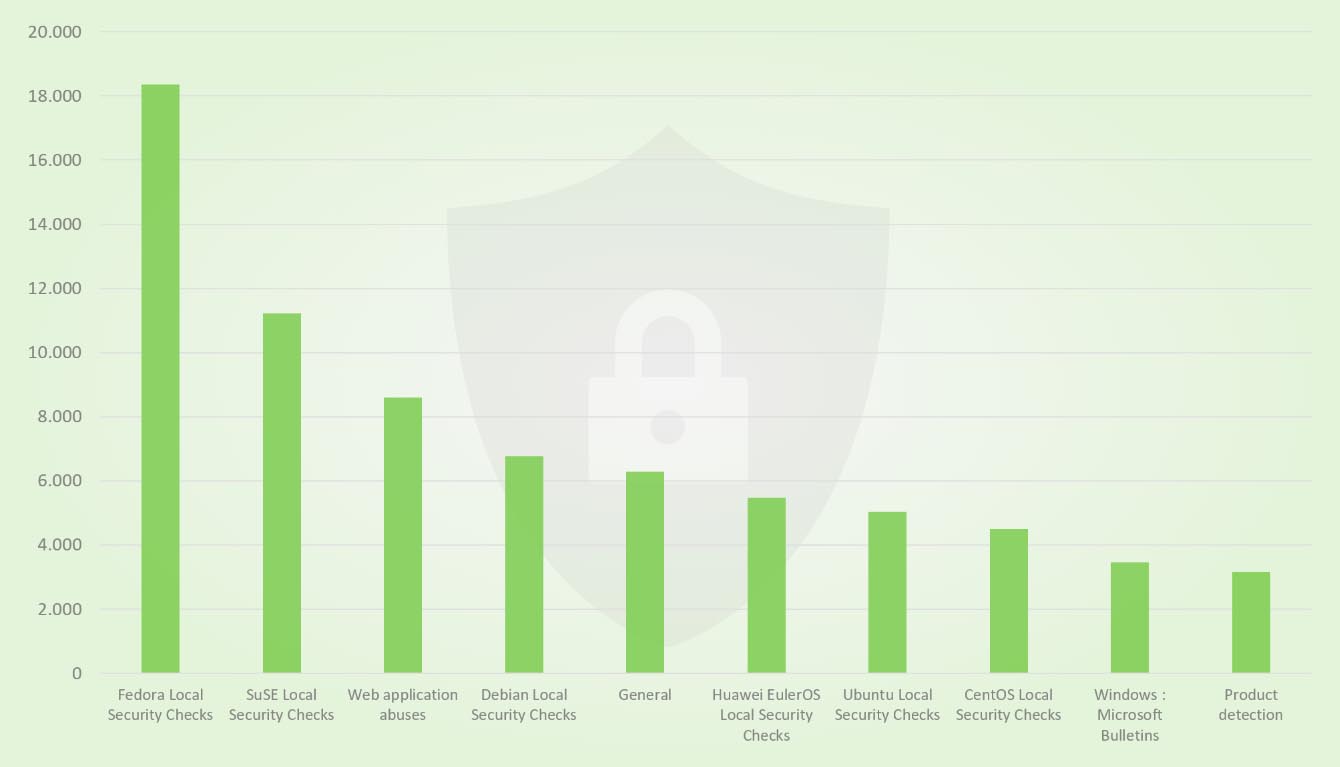
 Since 2021-04-30, the latest GOS version – version 21.04 – is available and, as always, it brings a lot of new features and improvements! What exactly? Get an overview of all important changes with GOS 21.04 here!
Since 2021-04-30, the latest GOS version – version 21.04 – is available and, as always, it brings a lot of new features and improvements! What exactly? Get an overview of all important changes with GOS 21.04 here!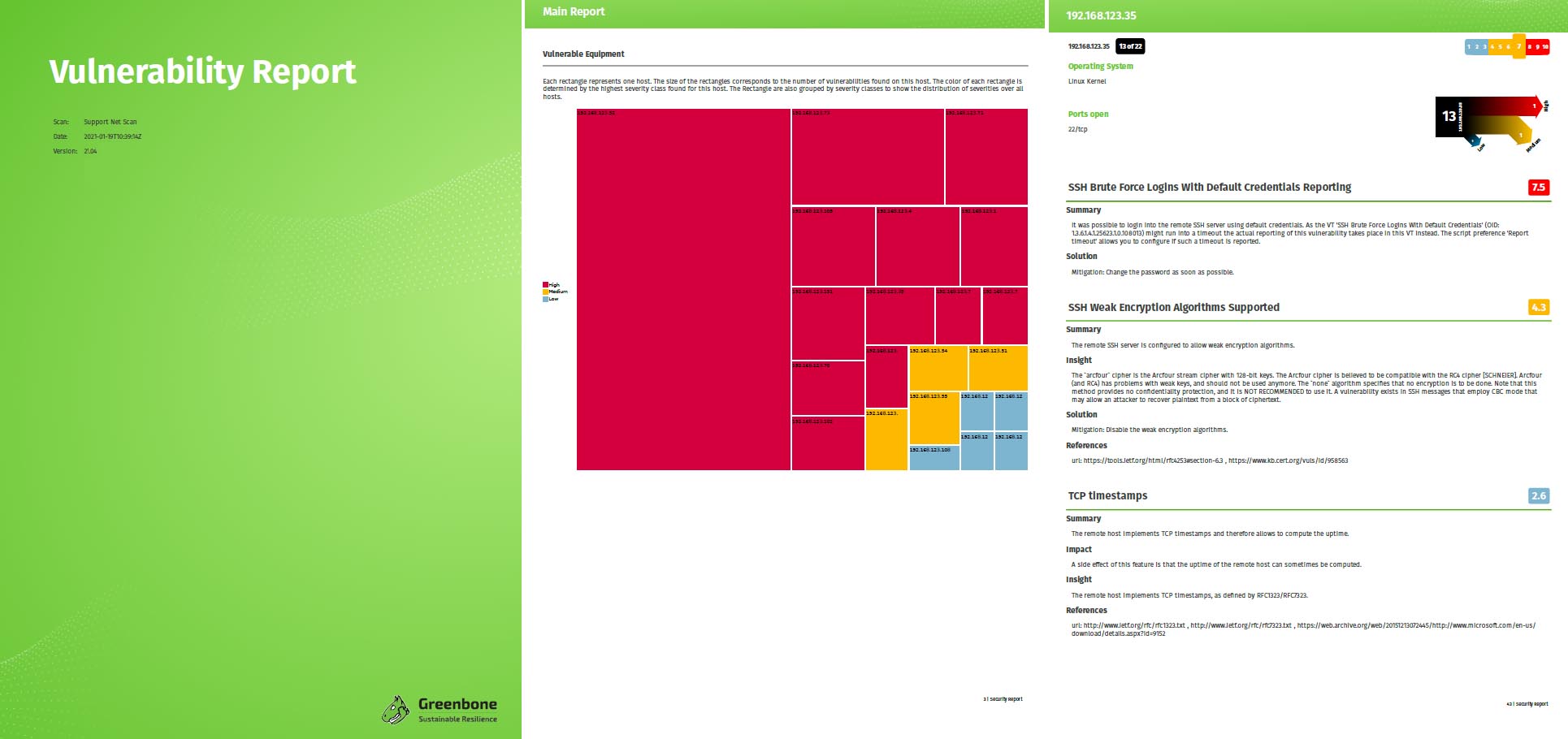
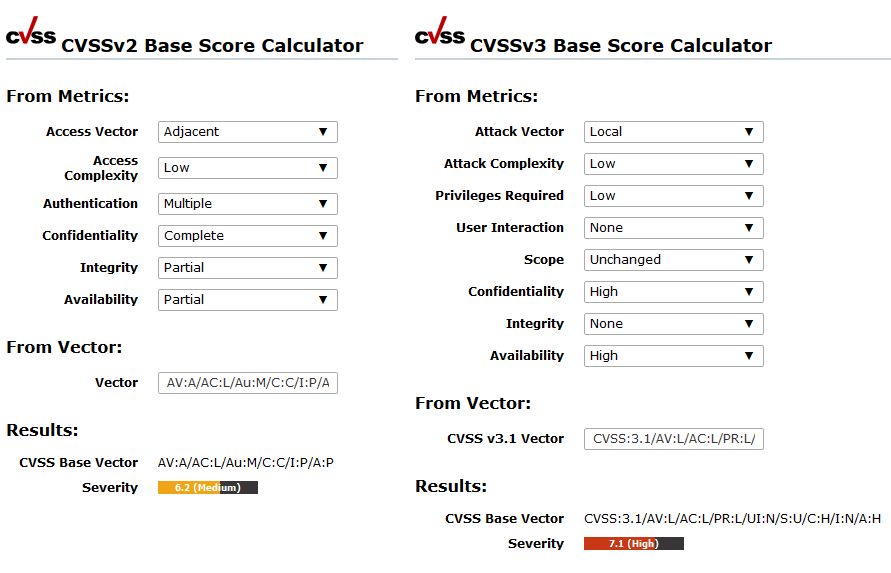


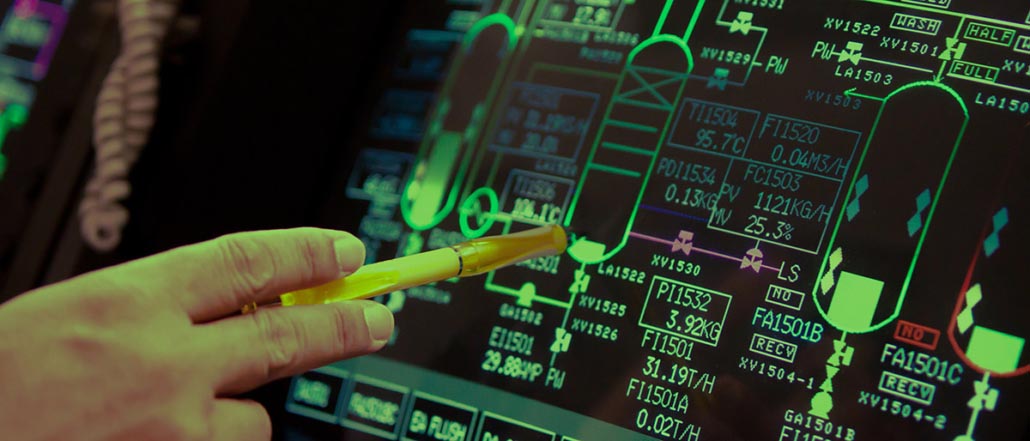
 Why Cyber Resilience Is Particularly Important for Critical Infrastructures Sustainable cyber resilience is important for companies in all industries. But it is indispensable in the area of critical infrastructure (CRITIS). As defined by the German government, this includes “organizations or facilities of critical importance to the state community, the failure or impairment of which would result in sustained supply shortages, significant disruptions to public safety, or other dramatic consequences.” CRITIS organizations must therefore protect themselves particularly well against cyber attacks – this is required by law. The EU launched the European Programme for Critical Infrastructure Protection (EPCIP) back in 2006 and expanded and supplemented it in subsequent years. Member states are implementing the EU NIS directive in national law, Germany for instance with the IT Security Act (IT-SIG). Large economic nations have already developed regulatory bodies. In the U.S., for example, this is the National Institute of Standards and Technology (NIST) and in Germany the Federal Office for Information Security (BSI). In Germany, the critical infrastructures are divided into 9 sectors. One of these is the water sector with the divisions of public water supply and wastewater disposal. It includes, for example, waterworks, pumping stations, water pipelines and networks, wastewater treatment plants, the sewerage system, and dam and flood protection facilities. They all play a critical role in our society. Attacks on the water supply could therefore hit a society to the core and, in the worst case, threaten human lives. Attacks on the wastewater disposal system are just as dangerous. If it no longer functions, the result would be considerable hygienic and health problems. Since the water infrastructure uses many IT systems and electronic control systems (ICS) nowadays, it becomes an attractive target for hackers. Incidents Show the Vulnerability of the Water Sector In recent years, there have been numerous attacks on water infrastructures worldwide. Fortunately, there have been no serious consequences so far. However, the attacks show that hackers are exploring how to take control of control systems and prepare further attacks. In 2013, for example, Iranian hackers attempted to penetrate the
Why Cyber Resilience Is Particularly Important for Critical Infrastructures Sustainable cyber resilience is important for companies in all industries. But it is indispensable in the area of critical infrastructure (CRITIS). As defined by the German government, this includes “organizations or facilities of critical importance to the state community, the failure or impairment of which would result in sustained supply shortages, significant disruptions to public safety, or other dramatic consequences.” CRITIS organizations must therefore protect themselves particularly well against cyber attacks – this is required by law. The EU launched the European Programme for Critical Infrastructure Protection (EPCIP) back in 2006 and expanded and supplemented it in subsequent years. Member states are implementing the EU NIS directive in national law, Germany for instance with the IT Security Act (IT-SIG). Large economic nations have already developed regulatory bodies. In the U.S., for example, this is the National Institute of Standards and Technology (NIST) and in Germany the Federal Office for Information Security (BSI). In Germany, the critical infrastructures are divided into 9 sectors. One of these is the water sector with the divisions of public water supply and wastewater disposal. It includes, for example, waterworks, pumping stations, water pipelines and networks, wastewater treatment plants, the sewerage system, and dam and flood protection facilities. They all play a critical role in our society. Attacks on the water supply could therefore hit a society to the core and, in the worst case, threaten human lives. Attacks on the wastewater disposal system are just as dangerous. If it no longer functions, the result would be considerable hygienic and health problems. Since the water infrastructure uses many IT systems and electronic control systems (ICS) nowadays, it becomes an attractive target for hackers. Incidents Show the Vulnerability of the Water Sector In recent years, there have been numerous attacks on water infrastructures worldwide. Fortunately, there have been no serious consequences so far. However, the attacks show that hackers are exploring how to take control of control systems and prepare further attacks. In 2013, for example, Iranian hackers attempted to penetrate the  Many networked IT systems and industrial control systems are therefore used in drinking water supply and wastewater disposal, enabling largely automated processes. Examples include sensors for temperature, flow rate, or chlorine content, remotely readable meters, and web portals and mobile apps for customers. Challenges for Cyber Resilience in the Water Sector To reduce their attack surface for cyber criminals, water sector organizations must consider the full range of networked systems, devices and applications. But this is not always easy. One problem is that the ICSs used in the water infrastructure come from different generations. Many of the older control systems were developed at a time when little or no consideration was given to cyber security. This leads to a heterogeneous, vulnerable IT landscape. Additionally, the high degree of automation and dependence on industrial controls makes water infrastructure particularly vulnerable to attack. Furthermore, the IT systems in use are becoming increasingly complex. This makes it difficult for companies to achieve a sufficient level of protection. The increasing networking of components within the field and control level as well as the control and process control technology increases the complexity even further. At the same time, this increases the attack surface for hackers. They have more and more opportunities to penetrate networks, steal data or manipulate industrial controls. Even Previously Unexploited Vulnerabilities Should Not Be Underestimated A recent study by Kenna Security found that the total number of vulnerabilities discovered per year has increased from 4,100 in 2011 to 17,500 in 2021. On the other hand, the percentage of vulnerabilities exploited by hackers has not grown at the same rate. What is the reason for this? Cyber crime follows the same economic rules as any other business model: least investment for maximum result. But cyber crime also suffers from the same problem as the IT industry in general: experts are a limited resource. Companies cannot change this initial situation, but they can ensure that their attack surface is reduced. Tolerating a large attack surface, even if the vulnerabilities are not yet weaponized, is replacing control with gambling. As soon as it seems cheaper for cyber criminals or the outcome is promising, cyber crime will focus on vulnerabilities that are not yet weaponized, and the conversion of vulnerabilities into weapons will happen quickly. Even worse is the motivation of cyber terrorists, who have so far been fortunately unsuccessful due to a lack of expertise. It is unclear whether they will gain the necessary skills and if so, when. But they do not follow the rules of economics, which makes them less predictable in selecting targets and suitable weaponized vulnerabilities. In essence, there are two good general reasons why organizations should establish a process to manage and minimize their entire attack surface and not just focus on current (or likely) weaponizable vulnerabilities:
Many networked IT systems and industrial control systems are therefore used in drinking water supply and wastewater disposal, enabling largely automated processes. Examples include sensors for temperature, flow rate, or chlorine content, remotely readable meters, and web portals and mobile apps for customers. Challenges for Cyber Resilience in the Water Sector To reduce their attack surface for cyber criminals, water sector organizations must consider the full range of networked systems, devices and applications. But this is not always easy. One problem is that the ICSs used in the water infrastructure come from different generations. Many of the older control systems were developed at a time when little or no consideration was given to cyber security. This leads to a heterogeneous, vulnerable IT landscape. Additionally, the high degree of automation and dependence on industrial controls makes water infrastructure particularly vulnerable to attack. Furthermore, the IT systems in use are becoming increasingly complex. This makes it difficult for companies to achieve a sufficient level of protection. The increasing networking of components within the field and control level as well as the control and process control technology increases the complexity even further. At the same time, this increases the attack surface for hackers. They have more and more opportunities to penetrate networks, steal data or manipulate industrial controls. Even Previously Unexploited Vulnerabilities Should Not Be Underestimated A recent study by Kenna Security found that the total number of vulnerabilities discovered per year has increased from 4,100 in 2011 to 17,500 in 2021. On the other hand, the percentage of vulnerabilities exploited by hackers has not grown at the same rate. What is the reason for this? Cyber crime follows the same economic rules as any other business model: least investment for maximum result. But cyber crime also suffers from the same problem as the IT industry in general: experts are a limited resource. Companies cannot change this initial situation, but they can ensure that their attack surface is reduced. Tolerating a large attack surface, even if the vulnerabilities are not yet weaponized, is replacing control with gambling. As soon as it seems cheaper for cyber criminals or the outcome is promising, cyber crime will focus on vulnerabilities that are not yet weaponized, and the conversion of vulnerabilities into weapons will happen quickly. Even worse is the motivation of cyber terrorists, who have so far been fortunately unsuccessful due to a lack of expertise. It is unclear whether they will gain the necessary skills and if so, when. But they do not follow the rules of economics, which makes them less predictable in selecting targets and suitable weaponized vulnerabilities. In essence, there are two good general reasons why organizations should establish a process to manage and minimize their entire attack surface and not just focus on current (or likely) weaponizable vulnerabilities:

